Two-wheeled vehicles are inherently unstable and therefore are much more affected when the road surface is inconsistent. It would be impossible to have all our roads in perfect conditions all the time, and that’s why it’s important that motorcyclists use scanning, anticipation and road position to make themselves aware of changing conditions and to keep themselves safe.
Road surfaces can be degraded due to traffic, ineffective road maintenance, the underlying material and the weather. These 14 situations are ways in which the surface can be rendered more difficult and dangerous to ride on.
Accidents and spillages
In an accident fluids can be spilled on the road surface from puncture tanks. Some of these, like diesel, can be extremely slippery. Mud, gravel and vegetation can be dragged onto the road. If a vehicle has slid along the road, metal can damage the road surface. Spillages can happen from all kinds of vehicles, for example, stock effluent or someone’s mattress that has blown out of a trailer or off a roof.
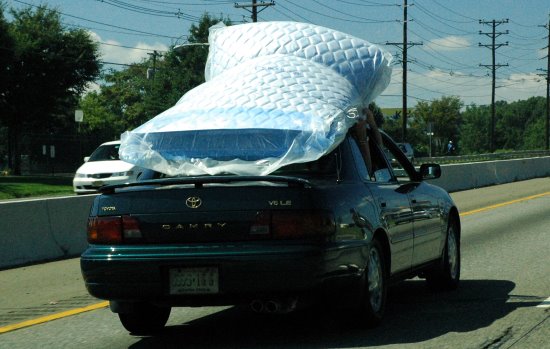
Railway level crossings
A railway level crossing is where the tracks are at the same level as the road meaning that your wheels roll over the tracks. This could apply to trains or trams. If the tracks are perpendicular the only danger is that they will be a bit slippery for braking. But if the tracks are slightly diagonal motorbikes with narrow wheels run the risk of the wheels getting caught or deflected by the tracks at low speed.
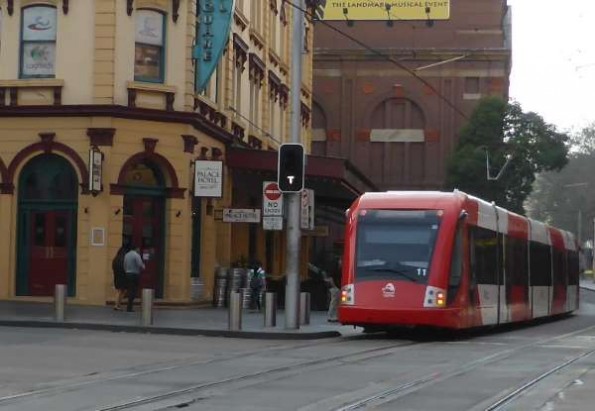
Services trenches
Water, electricity and telephone lines are laid into the road and when they need repairing or replacing a service trench is dug. This is a narrow trench usually perpendicular to the direction of the road. When the trench is filled, contractors overfill it because there will be some settlement with traffic driving over it. This causes a bump in the road when it’s recently completed. Over time, a poorly filled trench can sink below the level of the road. In this case it will hold water.
Temporary steel covers and plates
Some roadworks require a large hole to be dug and these are sometimes covered with large steel plates which can be very slippery in the wet if they are not covered by a non-slip material.
Speed bumps
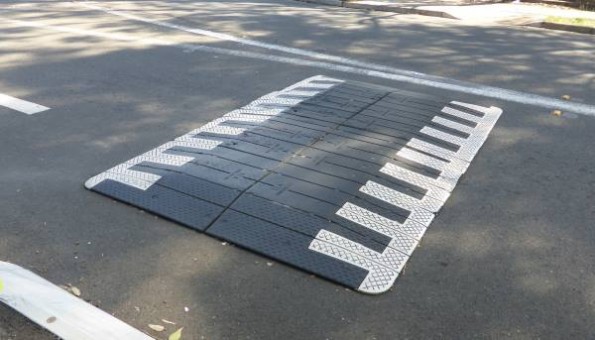
A speed bump is a raised area of the road designed to slow vehicles down in advance of a potential danger, for example a pedestrian crossing, a difficult intersection or a busy school entrance. There is often space either side for cyclists, motorcyclists and emergency vehicles to avoid them.
Road grime
Road grim is the accumulation of grease, oil and tyre rubber on a road over time. Rain washes it away, but if it hasn’t rained for a while a layer will build up. When it finally rains, this layer mixes with the water forming a slick surface that can catch drivers out. Eventually it dissipates, but light drizzle on a road surface that has been dry a couple of weeks is extremely slippery.
Roadside debris
During storms gravel, glass and vegetation can be washed or blown across the road, or on cambered corners end up on the inside apex where you might be tempted to cut the corner. Unsealed elevated driveways also can cause slippery areas on the road, as can areas where farm vehicles enter and exit.
Roadside vegetation maintenance
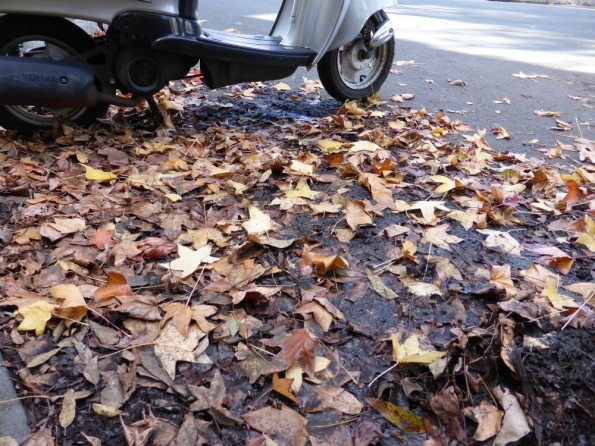
Large deciduous trees next to the roadside can drop huge numbers of leaves in autumn. These are extremely slippery in the wet and eventually degrade into soil. The trees themselves (if big enough) can shade significant areas of the road before they lose their leaves, causing damp patches where the sun can get to to dry it out.
Road markings
Newer road markings tend to be made of a material that has more friction than older road markings. Take care on areas with a lot of paint. In the photo below you can see the large 30 and the diagonal lines approaching the crossing. You can ride to the left or right of these when it’s wet, but mind the metal grating on the left, too.
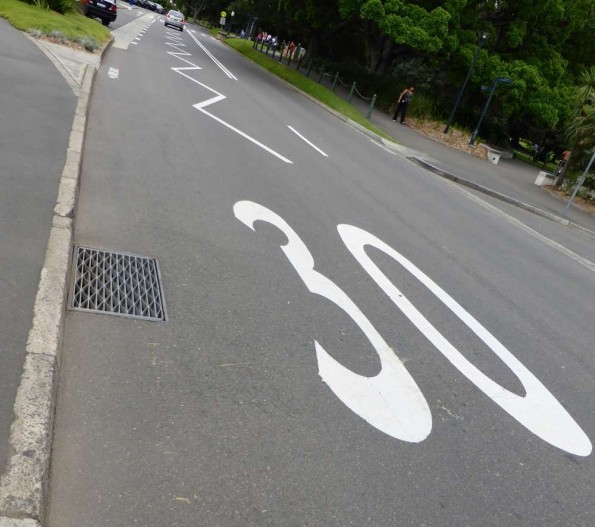
Pavement surface issues
Over time, chip seal can be lost from roads and the remaining surface polished quite smooth. This also happens in hotter areas where the tar melts and rises to the surface; once it cools it forms a much more slick surface.
Corrugations and ruts can form, especially in areas used by heavy vehicles, which hold water in long runs. If the ruts have steep sides they can cause deviations in the direction of the bike as the wheels try to follow the rut.
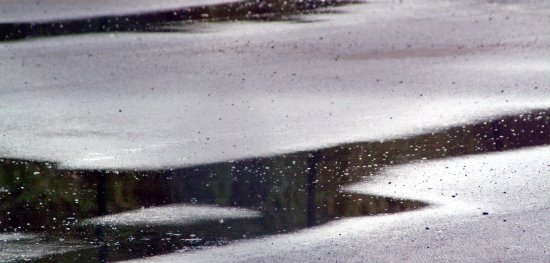
Where the pavement is degrading, alligator cracking can occur which then leads to potholes.
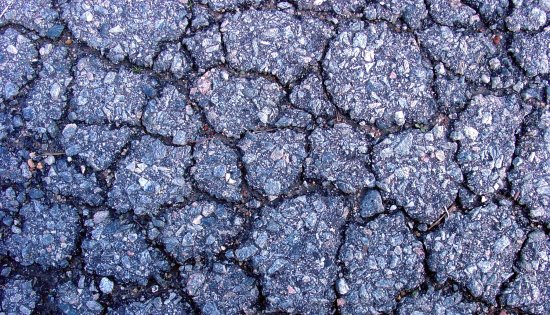
Potholes cause an immediate change in the suspension loading of a bike and can unbalance the rider.
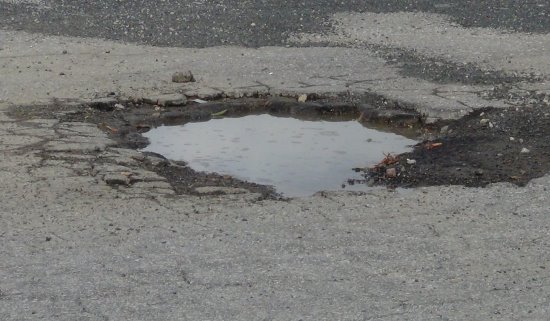
Where cracks are sealed, the sealant itself can be slippery.
Road shoulders
Ideally the road shoulder should form a safe run-off area in the case of misjudging a corner or if you have to swerve to avoid a roo or for some other reason. These road shoulders, though, often have loose gravel, cracks or vegetation encroachment. As you can see in the image below, gravel has been pulled from the edge onto the narrow shoulder and partially into the lane.
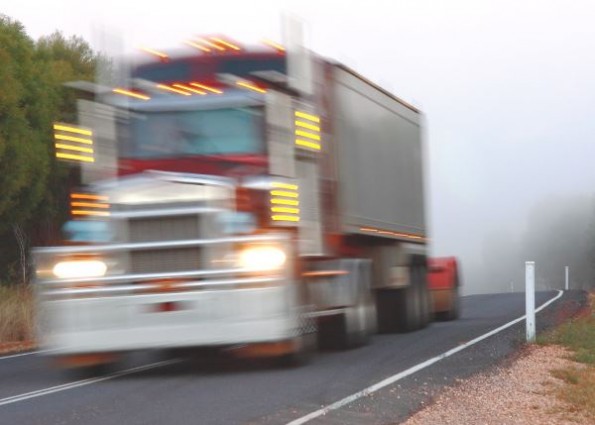
Now you’re aware of the different types of dangers facing motorcyclists you can look much further ahead so you can adjust your speed and riding position.
